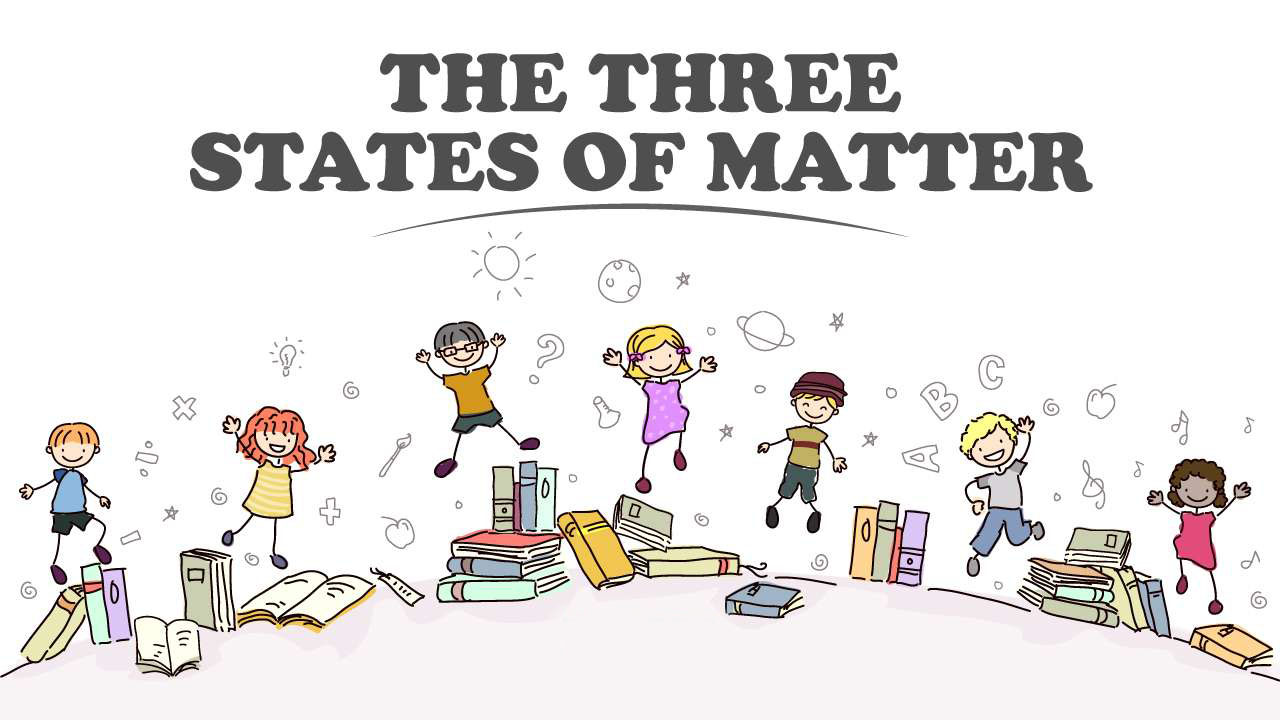Three States of Matter – Solid, Liquid and Gas
States of matter can be more than just your average solids, liquids, and gases! A “state of matter” is a way to describe the behavior of atoms and molecules in a substance. When water turns into snow, is it still water? The answer is yes! Our world is filled with solids, liquids, gases, and even other matter that can go from one state to another without changing its chemical substance. In this article, you will explore these different states of matter and their interactions
There are various types of substances in our environment like water, air, soil, stone, animals. plants, etc. They have mass and volume. They occupy a certain space. They are known as matter. The common definition of matter is anything that has mass and volume it occupies space.
Everything around us is made up of matter. But we do not call sound, lights, etc. matter because they do not have mass and volume. Matter exists in three states. They are solid, liquid and gas. Some may have a fixed shape whereas some may not have a fixed shape. Some may conduct heat and electricity whereas some may do not conduct heat and electricity. Matter can be changed from one state to another.
States of Matter
Matter exists in three physical states. They are solid, liquid and gas. Bricks, stones, etc. are examples of solids. Water, petrol, etc. are examples of liquid and nitrogen, hydrogen, etc. found in the atmosphere are the examples of gas.
What Are Three States of Matter?
There are three common states of matter:
- Solids
- Liquids
- Gases
Solids
Solids – relatively rigid, definite volume and shape. In a solid, the atoms and molecules are attached to each other. They vibrate in place but don’t move around.
In the solid-state, the atoms are tightly packed. They have a fixed shape and a fixed volume. Some of the examples of solids are bricks, stones, etc. Some of the characteristics of solids are discussed below:
- They have a fixed shape.
- They have fixed volume.
- They do not flow.
- They cannot be compressed, because their molecules are closely packed.
- They are mostly hard.
Liquids
Liquids – definite volume but able to change shape by flowing. In a liquid, the atoms and molecules are loosely bonded. They move around but stay close together.
Liquid has no fixed shape but has fixed volume. The molecules are not tightly packed as in solid. Some of the examples of liquids are water, ink, milk, cooking oil, petrol, etc. Some of the characteristics of liquids are discussed below:
- They do not have a fixed shape but can take the shape of their container.
- They cannot be compressed.
- They flow from one place to another as their molecules are loosely packed.
- They have fixed volume.
Gases
Gases – no definite volume or shape. The atoms and molecules move freely and spread apart from one another.
Air, oxygen, carbon dioxide, hydrogen, etc. are some examples of gas. They do not have fixed geometrical shapes. Some of the characteristics of gas are discussed below:
- They do not have a fixed volume.
- They can flow very easily.
- They can be compressed easily.
- They do not have a fixed shape as the position of their molecules is not fixed.
Plasma
Plasma is sometimes referred to as the fourth state of matter. While it’s similar to a gas the electrons are free in a cloud rather than attached to individual atoms. This means that plasma has very different properties from ordinary gas. Plasmas occur naturally in flames, lightning, and auroras.
Other, more exotic states of matter can occur at extremely high energy levels or at extremely low temperatures, where atoms and molecules (or their components) arrange in unusual ways. Scientists also sometimes distinguish between crystalline solids (where the atoms and molecules are lined up in a regular pattern) and glassy solids (where the atoms and molecules are attached in a random fashion).
Each of these states is also known as a phase.
Elements and compounds can move from one phase to another phase if energy is added or taken away. The state of matter can change when the temperature changes. Generally, as the temperature rises, matter moves to a more active state.

The word phase describes a physical state of matter, when a substance moves from phase to phase, it’s still the same substance.
For example, water vapor (gas) can condense and become a drop of water. If you put that drop in the freezer, it would become solid. No matter what phase it is in, it is always water — two atoms of hydrogen attached to one atom of oxygen (H20).
